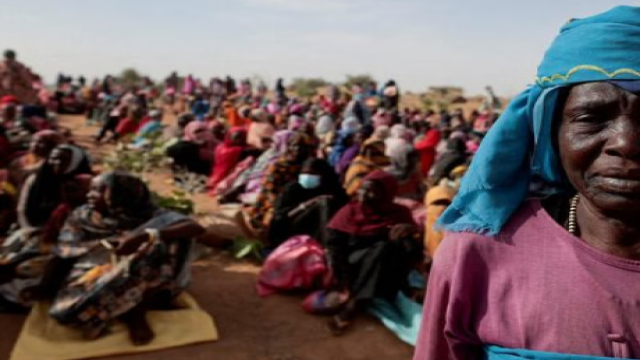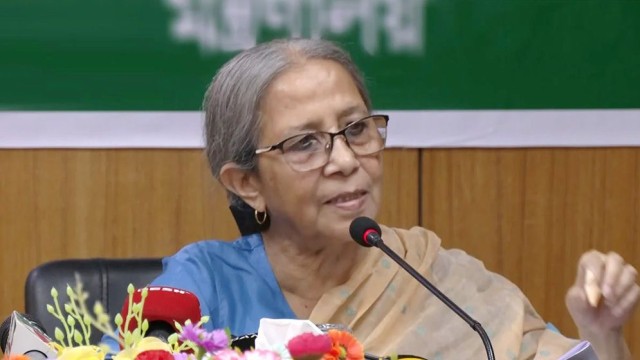Geneva, Switzerland, June 12 (V7N) – The number of people forcibly displaced worldwide has seen a slight decrease from a record peak but remains "untenably high," the United Nations warned on Thursday. The UNHCR, the UN refugee agency, reported that while a record 123.2 million people were forcibly displaced globally at the end of 2024, that figure had dropped to 122.1 million by the end of April this year, largely due to returns to Syria.
More than 1.5 million Syrians have been able to return home, either from abroad or from internal displacement, following the overthrow of ruler Bashar al-Assad in December 2024, which marked an end to years of turmoil in the war-ravaged country. The UNHCR estimates that up to 1.5 million Syrians from abroad and two million internally displaced people (IDPs) may return by the end of 2025.
However, the UN refugee agency cautioned that the trajectory of major conflicts globally would ultimately determine if the overall displacement figure will rise again. The UNHCR stressed that the number of people displaced by war, violence, and persecution is "untenably high," especially at a time when humanitarian funding is rapidly diminishing.
"We are living in a time of intense volatility in international relations, with modern warfare creating a fragile, harrowing landscape marked by acute human suffering," said Filippo Grandi, the UN High Commissioner for Refugees. "We must redouble our efforts to search for peace and find long-lasting solutions for refugees and others forced to flee their homes."
The UNHCR's flagship annual Global Trends Report highlighted that the primary drivers of displacement continue to be sprawling conflicts in regions such as Sudan, Myanmar, and Ukraine.
Sudan Overtakes Syria in Displacement Crisis
Sudan now holds the unfortunate distinction of being the world's largest forced displacement situation, with 14.3 million refugees and IDPs, surpassing Syria (13.5 million). Afghanistan (10.3 million) and Ukraine (8.8 million) follow.
The report emphasized that the remainder of 2025 will be significantly shaped by the dynamics of key situations, including whether peace or ceasefires can be achieved in the Democratic Republic of the Congo, Sudan, and Ukraine, and if conditions for returns improve in Afghanistan and Syria. Another critical factor is "how dire the impact of the current funding cuts will be."
The United States, historically the largest donor to UNHCR, has drastically scaled back its overseas aid, and other nations are also tightening their budgets. Jan Egeland, chief of the Norwegian Refugee Council, expressed dismay, stating, "The failure to protect civilians is astounding. Despite the immense suffering of displaced people, we are now seeing many countries turn inwards, making drastic cuts to humanitarian funding."
The number of people forced to flee persecution, conflict, violence, human rights violations, and events seriously disturbing public order has almost doubled in the last decade. The figure of 123.2 million at the end of last year represented an increase of seven million compared to the end of 2023, meaning "one in 67 people globally were forcibly displaced at the end of 2024," according to UNHCR.
While 9.8 million forcibly displaced people returned home in 2024—including 1.6 million refugees, the most in over two decades, and 8.2 million IDPs, the second-highest ever—Grandi noted, "We have seen some rays of hope over the last six months." However, countries like the Democratic Republic of the Congo, Myanmar, and South Sudan experienced significant new forced displacements alongside returns.
Two-thirds of refugees continue to reside in neighboring countries, with Iran (3.5 million), Turkey (2.9 million), Colombia (2.8 million), Germany (2.7 million), and Uganda (1.8 million) hosting the largest refugee populations.
END/WD/RH/































Comment: